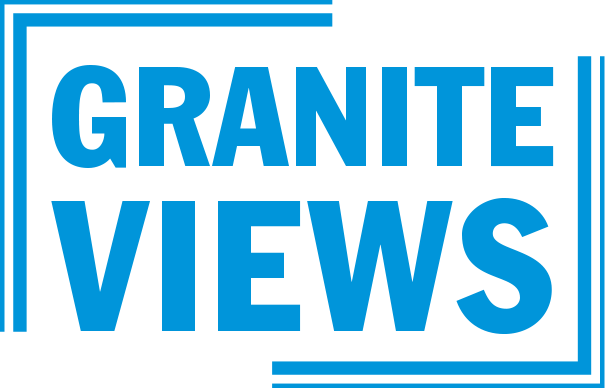The rain had been heavy through the night, but the morning dawned with brilliant sunshine, so I decided to have my morning meditation out on the porch. The breeze was light, just gently rustling the leaves, when a diamond caught my eye. Actually, it was a single leaf, wet from the rain, twinkling down at me from the tree opposite. It so arrested my attention that I marveled at the simplicity of its beauty and its mesmerizing effect on me. And then, I looked down to my meditation prompt, a poem titled “Presence,” by the Irish writer John O’Donohue. He’d written “Take time to celebrate the quiet miracles that seek no attention.” Clearly this little leaf was one of those quiet miracles, posing unwittingly as a diamond.
O’Donohue writes frequently about “wonder” and its power to take us out of ourselves and to lead us to frontiers of awareness. How rare such moments are in my own life, I realized with embarrassment. This experience of unexpected beauty stimulated so many related reactions. And then, from the other room, came the all-too-familiar sound from my smartphone that a text had arrived. It almost pulled me back into that world, but I resisted and stayed in my chair.
So much of the time, as O’Donohue notes, we run along the “rail tracks of purpose.” Routines and schedules, obligations, and responsibilities: These all cause us to be productive, no doubt, but perhaps they also keep us so directed that our sense of wonder — that capacity we see so much in young children — is frustrated.
So, then my meditation turned to the tension that exists between the openness to wonder and the distraction, the control imposed by the very technologies that purportedly make our lives better. Efficient? Yes. Richer? I doubt it. And now comes AI, with its great promises. No Luddite, I, but still I wonder, how wonder will survive. AI may be able eventually to replicate human reasoning, but I rather think the gift of wonder will always be uniquely our own.
Noah benShea wrote, “Eternity is any moment opened with patience.” Patience and wonder in tandem. Not a bad start to my day!
You can contact Steve Reno at stepreno@gmail.com.

